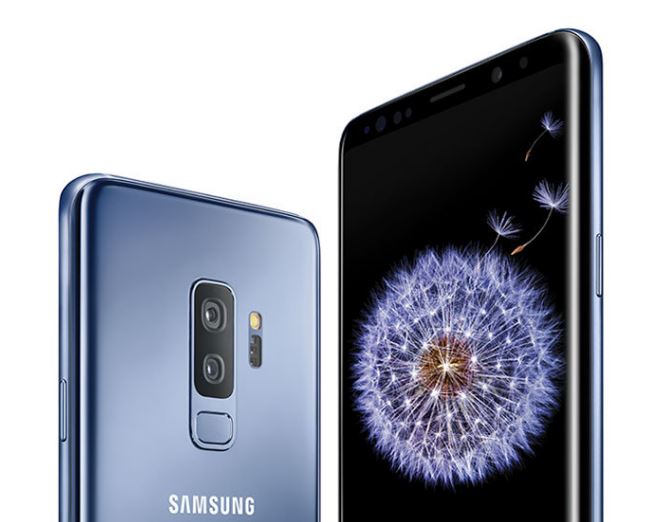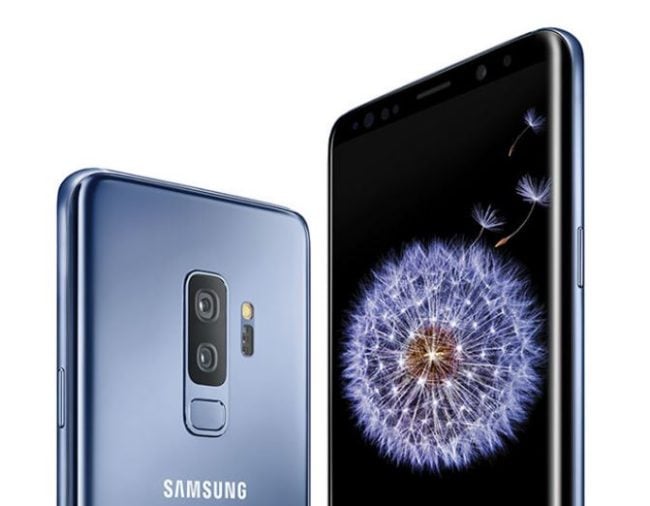
The Samsung Galaxy S10 is expected to hit store shelves some time in the first quarter of next year. The device has long been expected to be unique in terms of specs. Now a new leak suggests the Galaxy S10 colors will be unique as well.
New Galaxy S10 colors expected
Based on the leak, the Galaxy S10 colors may include black, white, green, silver/grey, and pink. All the colors except for green and pink are standard. Well-known tipster Ice Universe first tweeted about the Galaxy S10 colors in August, saying “Beyond” — the reported code-name for the S10 — will come in black, white, green, silver and pink.
On Monday, AllAboutSamsung followed up on Ice Universe’s tweet, saying it can confirm the Galaxy S10 colors. However, Samsung may not offer all the colors at the launch. Presumably, white and black will be available from the beginning.
We (@AllAboutSamsung) can confirm that the #GalaxyS10 ak a “Beyond” will be available in Black, White, Green, Silver/Grey and Pink https://t.co/RnGQvzfLsV
— SamsungMobile.News | Max (@Samsung_News_) October 8, 2018
Since green will be a new color, it may also be offered from the beginning. Samsung may choose to launch the pink and silver variants at a later date, as it did with the Galaxy Note 9. The availability of the colors is also expected to vary by market and carrier.
Offering new Galaxy S10 colors could be a strategy to differentiate the handset from others in the market. However, it is not known if all the color options will be available for all S10 variants. Samsung is expected to launch three S10 variants. Of the three, two will likely be premium models: the Galaxy S10 and Galaxy S10+. The third one will reportedly be for budget-conscious consumers and may be named the Galaxy S10 Lite.
Expected Galaxy S10 specs
It is believed that the Galaxy S10 will be a redesigned handset with many new features. It could be the first Samsung device to come with an in-display fingerprint reader. There are reports that the handset could feature Qualcomm’s third-gen Ultrasonic fingerprint reader. The Ultrasonic fingerprint reader will reportedly be connected to the back of the display panel. Optical readers require a transparent screen to work, and they impact the display’s image quality.
Reports also suggest Samsung will launch three Galaxy S10 Models to take on the three new iPhones. The handset will probably support 5G as well.
The screen-to-body ratio of the S10 will likely be better than that of the S9. There are reports that the Korean firm will remove the bottom bezel to achieve a screen-to-body ratio of around 90 percent. The Galaxy S9 has a screen-to-body ratio of about 84%.
The S10 is expected to feature a triple-lens camera system. The handset will reportedly get the Galaxy S9’s 12MP F/1.5-2.4 variable aperture lens. It will also reportedly have a “super wide-angle” 16MP snapper and a 13MP F/2.4 lens. However, the triple-lens camera system will reportedly be limited to the higher-end Galaxy S10 Plus. The standard model is expected to feature a dual-lens camera setup to make it affordable.
Reports also suggest the S10 will have a face-recognizing 3D-sensing camera similar to Face ID in the iPhone XS and iPhone XS Max. If Samsung does give the Galaxy S10 face-reading technology, it may omit an iris scanner.
What to expect from the processor
As far as the processor, the Galaxy S10 could feature 7nm processors made by Samsung and Qualcomm, like the Exynos 9820 and the Snapdragon 855/8150, respectively. Further, it is believed that a NPU (neural processing unit) will be a highlight of the new chips and will help Samsung pitch the AI capabilities of the handset against the likes of Apple and Huawei.
Last week tipster Ice Universe cited a Samsung job listing claiming that the Korean firm might have “completed its second-generation NPU architecture internally, which may be piggybacked on the Exynos 9820 processor.”
Currently, only two 7nm chips are in existence: one is Apple’s A12, which is powering the new iPhones, and the second is Huawei’s Kirin 980 CPU, which will power the Mate 20 PRO. The 7nm are not only power efficient, but they also come with powerful AI capabilities.
Apple’s A12 features eight cores, which allows it to run 5 trillion operations per second, compared to 600 billion for the A11. Huawei’s second-gen NPU is expected to be 2.2 times faster than the Kirin 970 NPU and three times faster than the A11.





